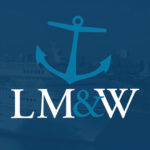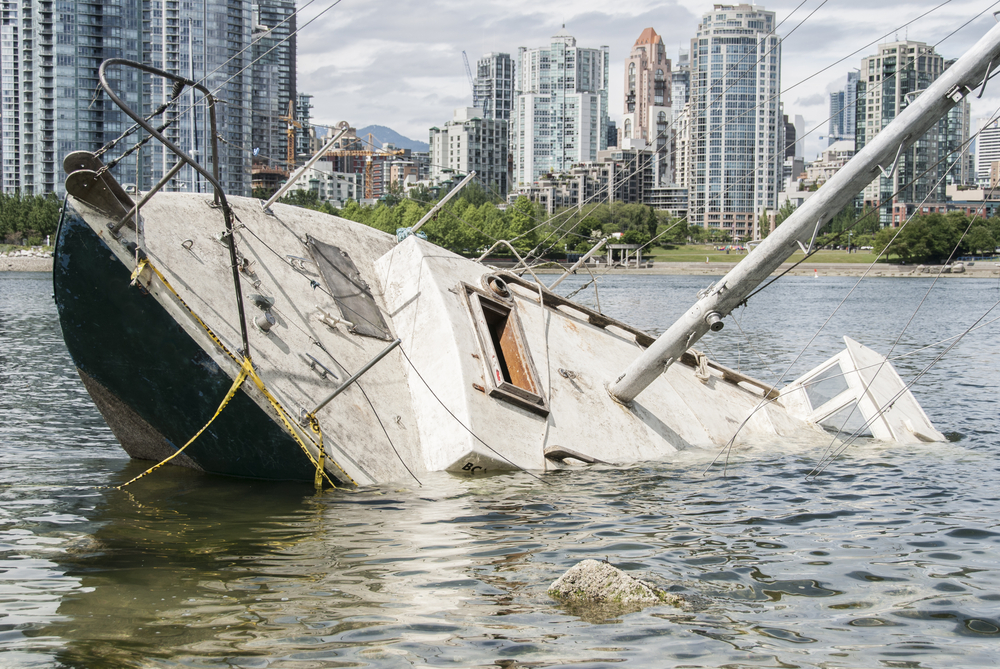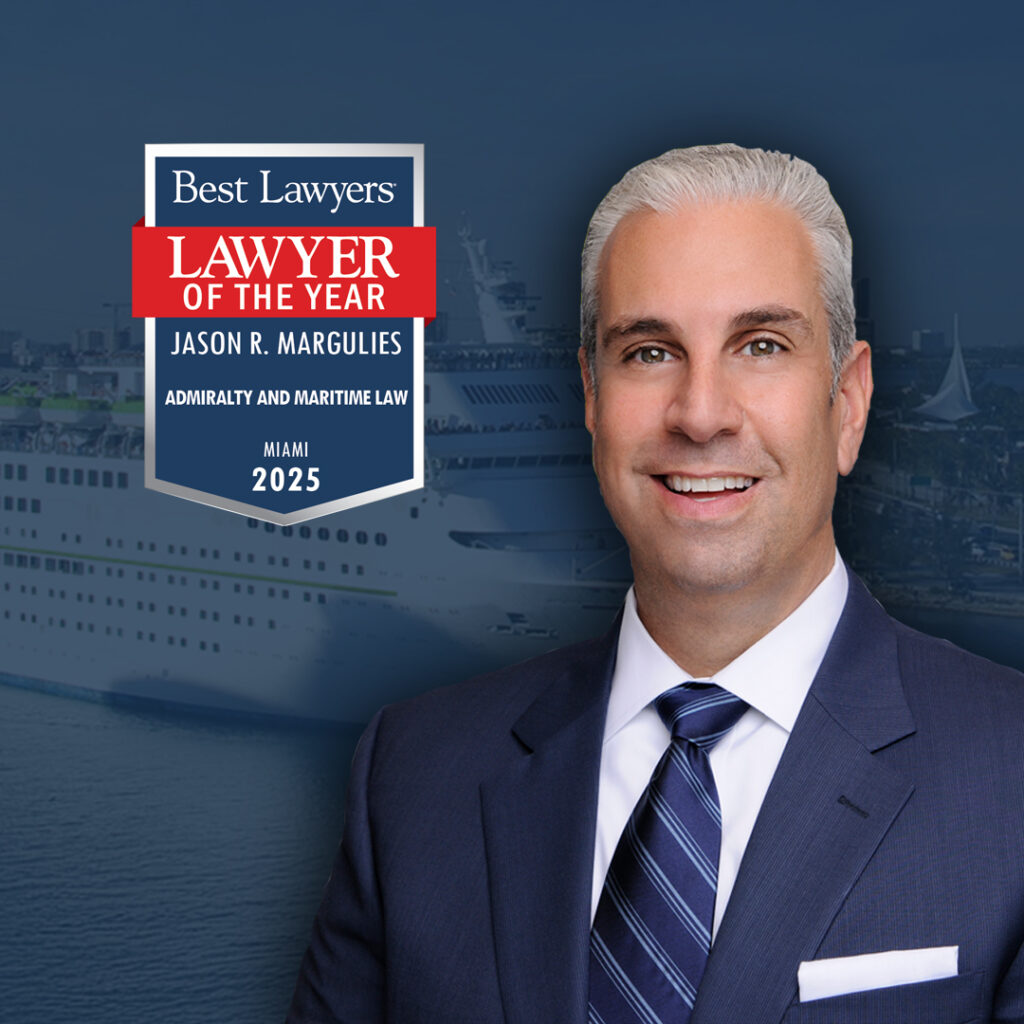If you know a thing or two about cruising – or Viking history – you may have already heard of maelstroms, dreaded natural maritime occurrences which have time and time again proven to be responsible for many a sea sick passenger. But while the term sounds scary enough, this is one instance in which the bite is much worse than a bark.
Learning about maelstroms can help you avoid getting stuck on a cruise ship and experiencing some of the worst cases of nausea ever thought of, so, now that cruise season is in full swing, our cruise injury lawyers want to help you understand exactly what a maelstrom is and how it can cause you to have the worst cruise vacation of your life.
If you have ever paid attention to the water running down you bathroom sink, you have already witnessed a maelstrom – so to speak. A maelstrom is a whirlpool created when moving water twists and turns. This is actually a common occurrence in any body of water, be it a river or lake, but when it occurs in the ocean, things can get very dangerous very quickly.
When weather and geological conditions are just right, currents can collide with one another at sea to create conflicting tidal flows. Because water spins counterclockwise north of the equator and clockwise south, the interaction between currents can create a powerful circular vortex known in the maritime world as a maelstrom.
Sometimes regarded as an oceanic black hole, maelstrom vortexes have been feared by seafarers for centuries. Much the way a black hole in space can suck an object in with its pull, a maelstrom can suck in ships, leading to catastrophic accidents and injuries. Maelstroms have been responsible for several catastrophes throughout the years, most notably the 2011 Tohoku earthquake that created a tsunami and consequent maelstrom, killing thousands of people in Japan.
Nordic history has created a respect for these aquatic anomalies, but these currents can’t always be avoided, and when a cruise ship encounters a maelstrom, all sorts of havoc can erupt. Although a cruise vessel is large enough to make it through a maelstrom without severe damage, the force of the whirlpool can create waves that are so strong and so tall, they can rock a ship to the point that it can tilt over and injure those onboard or crash onto it and tear it apart.
Cruise lines that travel throughout Europe have to be particularly careful to avoid maelstroms in the area. Some whirlpools can dissipate over time, but some have remained strong throughout the ages, including the three most notable maelstroms: Moskstraumen, Saltstraumen and Corryvreckan.
Moskstraumen, considered THE original maelstrom and source of inspiration for writers like Edgar Allen Poe and Jules Verne, is located in the Lofoten Islands off the Norwegian coast. Although most maelstroms are located inside straights and channels, the Moskstraumen maelstrom is actually located in the open sea between the islands and tides and is comprised of a set of currents and crosscurrents moving at a rate of 18 km/h.
The maelstrom of Saltstraumen, located 30 km east of Bodø, Norway, is the world’s strongest maelstrom. Its strength is a direct result of the world’s strongest tide, which occurs in the same location, the Saltstraumen straight, and expands nearly 2 miles long and 490 feet wide.
The Corryvreckan is the third largest maelstrom in the world and is located on the northern side of the Gulf of Corryvreckan, off the coast of Scotland. Tides from the Firth of Lorne, a local body of water, drives the waters of the Corryvreckan to create waves of over 30 feet and a roar that can be heard over 10 miles away.
According to Dr. Bjorn Gjevik, of the University of Oslo, Halvard Moe and Atle Ommundsen, who along with a team of researchers developed the first comprehensive mathematical model of currents and sea levels, that the speed of currents in some maelstroms can reach up to 14 statute miles an hour.
”What makes [a maelstrom] so dangerous is that you get strong current-wave interaction,” explained Dr. Gjevik. “When the waves kicked up by the wind are opposite to the direction of the current, you get very steep and choppy waves, and breaking waves.”
While cruise lines tend to avoid maelstroms, their reach can extend so far that at the very least, passengers (and crew members) can come down with a horrible case of nausea. Passengers in an October 2009 Europe itinerary aboard the Carnival Dream recounted how maelstrom tides were so high and strong that they caused the vessel to tilt, leading china to fall over and break as well as tipped over septic tanks, creating horrid smells throughout the ship.
Though it is rare to attribute a cruise ship injury to a maelstrom, the possibility of becoming hurt while a vessel passes through or near a whirlpool is always a concern for cruise companies, and should also be a concern for travelers. There’s not much that can be done when a maelstrom is encountered, but it is important to always carry a first aid kit with you when traveling at sea and always make sure your lifejacket is handy. If tides are high, stay inside your stateroom to minimize the likelihood of getting hurt from fallen shipboard equipment or from crashing waves. Cruise lines tend to cancel port calls when there are strong currents affecting a ship’s ability to cross through waters safely, so you can expect an extra day at sea or in another port of call to compensate for the missed visit.
Aside from that, remaining aware of the possibility of a maelstrom, where they are most likely to occur and understanding what they are can help you and your loved ones stay safe on your cruise vacation.
Published on May 8, 2013
Categories: Cruise Ship Accidents, Vacation Accidents
Get Free
Consultation










